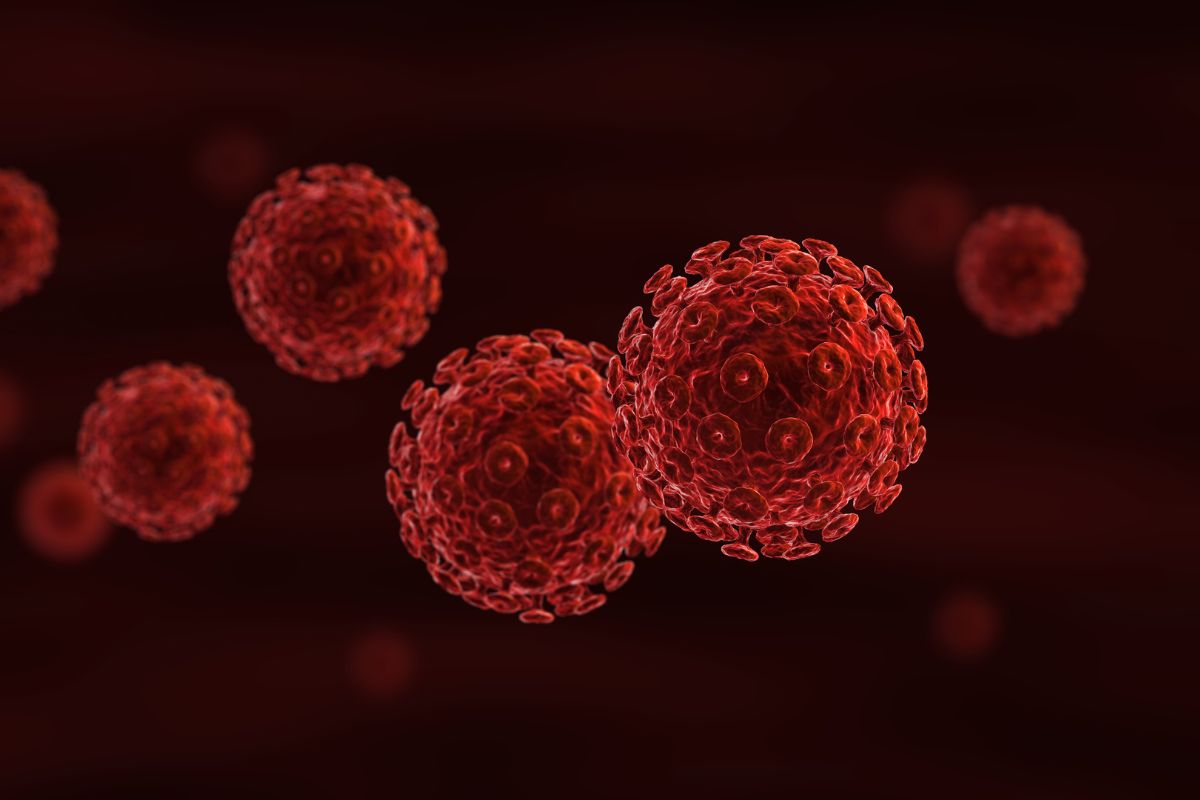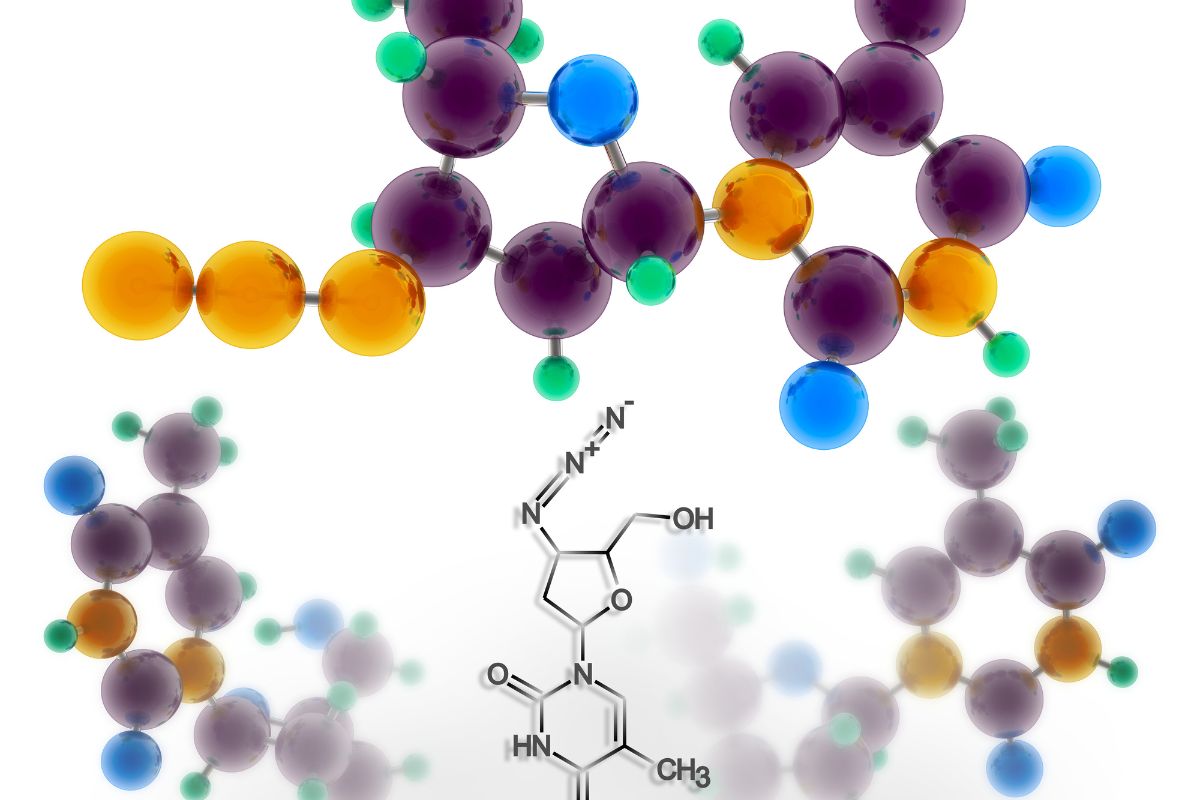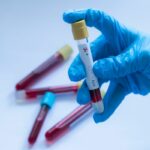The HIV epidemic has affected the rest of the world for over forty years.

However, have you ever wondered how long HIV has been around? While the epidemic began in 1981, Researchers first found it much earlier.
Where Did HIV Come From?
HIV is much older than people realize. While many associate this illness with the beginning of the epidemic in the 1980s, it has been around for far longer.
For ten years before it hit America, AIDs had already been killing many people for over a decade.
But it was in Africa that the virus first originated from a single chimpanzee in 1959.
This HIV infection was first found in 1959 by a man who had died of this infection in the old Belgian Congo.
Then, in the 1960s, HIV began to spread from Africa to the Caribbean when many Haitian professionals returned to their Democratic Republic of Congo homes.
Then, the virus would migrate to New York in the 1970s and San Francisco a few years later.
Once it hit the 1980s, the epidemic quickly spread and hit the public eye.
The Beginning Of An Epidemic
The public didn’t know about HIV until the 1980s when the Centers for Disease Control and Prevention reported that five gay men had become infected with pneumonia.
What was unusual was that this strain of pneumonia would never affect someone with an uncompromised immune system.
Before this occurred, these five men were otherwise completely healthy, so everyone was confused.
A year later, the public began to worry after The New York Times published an article about a disease affecting the immune system.
This disease had affected 335 people at the time, of which HIV and AIDs killed 136 of these patients.
Due to the patients mostly being homosexual, the public believed that AIDs and HIV would only affect gay men.
Unfortunately, this would continue for many years, despite the CDC understanding just how HIV and AIDs spread.
The Testing Process
Knowing that HIV causes AIDs, the FDA commenced the first commercial blood test for the disease in 1985.
Since 1985, there has been a steady upgrade on how tests can detect HIV, with many focusing on the detection of antibodies in the blood.
These can be run on blood, saliva, and urine. The most reliable method is blood tests, which can identify HIV antibodies sooner than if you test someone’s saliva or urine.
Due to the spread of HIV through blood, the FDA chose to also ban gay men from donating blood to blood banks.
The FDA would do this until 2015, but only if gay blood donors remained celibate for a year.
However, blood banks do routine checks to ensure the donated blood doesn’t have HIV.
By the end of 1985, AIDs cases were reported as having over 20,000 of them. At this point, there was at least one case in every region worldwide.
The First Major Medication: AZT

Azidothymidine, or AZT, was the first antiretroviral medicine that scientists made to fight HIV, and it was released in 1987.
Since then, more and more medications have been produced to fight against HIV and AIDs, with most of them being used together.
This is called antiretroviral therapy.
Antiretroviral therapy prevents the virus from multiplying and allows the immune system a chance to recover.
Once it’s recovered, it can fight any infections and HIV-related illnesses. It even reduced the risk of HIV transmission, even from mother to child.
Upon reaching the 90s, there were over 400,000 AIDs cases globally, with at least 100,000 of those cases coming from the United States.
HIV In The 90s
In 1991, the red ribbon became the international symbol for AIDs awareness.
Then, that same year, Magic Johnson, the basketball player, revealed that he had been diagnosed with HIV.
This announcement helped to bring attention to the disease and even help dispel the idea that HIV was a gay disease.
By the mid-90s, the FDA approved its first oral HIV test, which wouldn’t require a blood test.
In 1996, they approved the first home testing kit and a urine test.
Due to the growth of testing and treatment, deaths related to AIDs began to decline in wealthier countries.
However, it was still a major cause of death and was still one of the main causes of death in Africa.
HIV In The ‘00s
As we reached the 21st century, drug manufacturers began to sell discount versions of HIV drugs to developing nations.
Once they did this, several major companies slashed their prices on HIV medications they were developing.
In 2002, the United Nations Programme on HIV and AIDs reported that AIDs was the main cause of death in Africa.
Next, in 2009, Barack Obama lifted a 1987 ban that refused entry to HIV-positive individuals to the United States.
By this point, the stigma of HIV was steadily going down.
PrEP Developed
In 2012, PrEP was developed for HIV-negative individuals. PrEP reduces the risk of HIV getting transmitted through sex by over 90% and from drugs by 70%.
In 2019, a major study was conducted to show how over 750 gay men didn’t transmit HIV to their partners with anti-viral treatment.
Conclusion
In 2022, over 38 million people will live globally with HIV and AIDs.
Over 940,000 people have died from related illnesses, and it is in sub-Saharan Africa where people are most affected.
Despite there being no cure for HIV (see also ‘Will There Ever Be A Cure For HIV?‘), it has been shown that many people with the illness can still live long lives with the help of testing and treatment.
If you suspect you have HIV, get tested as soon as possible.
With early enough treatment, you should prevent HIV from destroying your immune system and the development of AIDs.
Now that you’ve read this article, you should have a better understanding of HIV, where it comes from, and how it has affected the world on a global scale.
- Understanding Male Reproductive Health: A Complete Guide - February 2, 2025
- Simple Healthy Skin Habits for Radiant Skin - December 6, 2024
- Unlocking the Connection Between Nutrition and Mental Health - December 3, 2024








![Prenatal HIV Transmission What Is Perinatal Hiv And When Does It Occur? [Explained]](https://alphanutrition.com/wp-content/uploads/2022/08/What-Is-Perinatal-Hiv-And-When-Does-It-Occur-Explained-150x150.jpg)